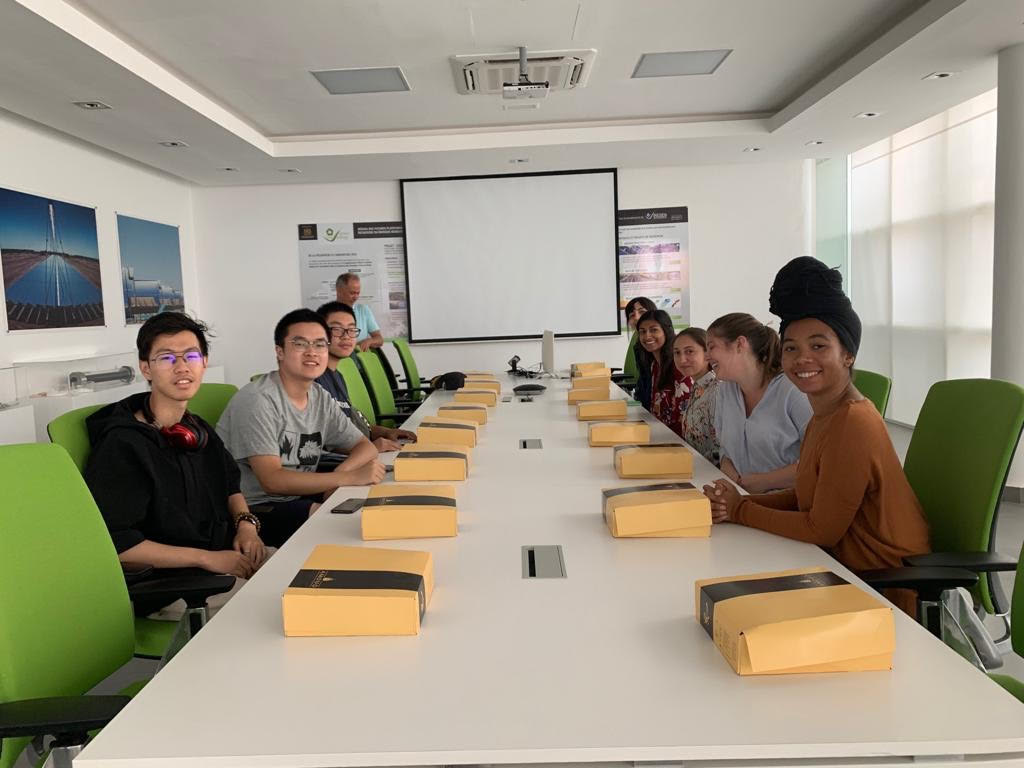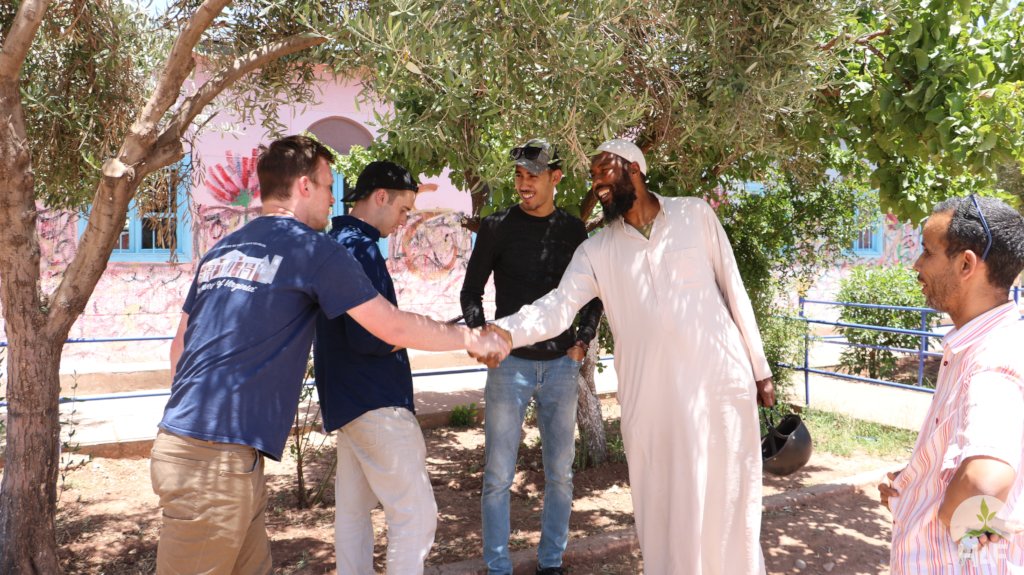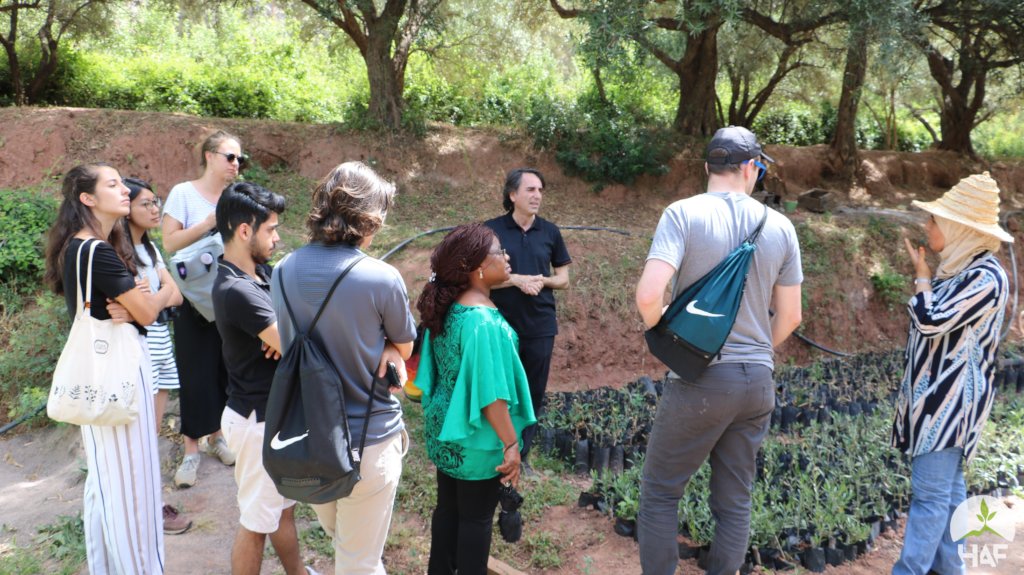HAF Intern, UVA student

Something I have been thinking about is the relationship between top-down and bottom-up development. Community-led, participatory development plays an undeniably important role in global development within economic, political, and social spheres. I’ve seen HAF initiate local economic development through cooperative building and agricultural support for rural farmers; grassroots political movements can lead to significant changes regarding representation and how policy issues are addressed; and yet again, HAF assists with social development in rural communities through the Imagine workshops that rely on internal and spiritual growth as well as laws to encourage gender equality throughout various rural communities in Morocco. Yet, is it possible for these bottom-up, community-led development projects to exist without top-down institutional changes that support sustainable development efforts?

While visiting the Green Energy Park in Ben Guerir – Iresen – the representative described how Moroccan legislation supports clean, renewable energy usage on a larger, high-voltage scale, but it does not address private purchase, instillation, and usage of solar panels for individual homes or businesses. While this would be a top-down political development, I imagine the vast potential benefits from such an initiative. Such a top-down change would still lead to positive developments through the potential proliferation of clean, renewable energy on a large, widespread scale. All of the things that I’ve learned from this summer and summers passed are beginning to overlap, revealing how institutional change can complement community-led participatory development. Yet, one shouldn’t exist without the other. The complexities of development are truly becoming more apparent with more time at HAF and a deeper, more meaningful understanding of the relationship between bottom-up and top-down changes.

Give to this project.







